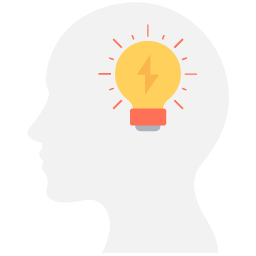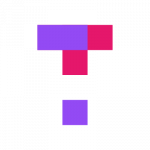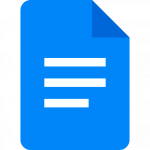Background Knowledge & Misconception Check
The background knowledge checks are assessment activities focused on a few concepts that students will need to know to succeed in the course. Background knowledge checks can be used at the beginning of a course, at the start of a new unit or lesson, or prior to introducing an important new topic. Once collected and analyzed, the data can be extremely useful when planning subsequent sessions or units of the course. Discovering that your students’ background and preparation are at odds with your expectations can throw even the best-planned lesson or syllabus off-track. However, knowing is certainly better than not knowing. At the very least, such data help you guide students to the appropriate resources for any supplementary assistance they may need.
Assessing Prior Knowledge
When designing your prior knowledge assessment, consider these questions:
- What do you think students already know?
- Identify common misconceptions or misunderstandings about your topics.
- Create questions that will help you to confirm your assumptions.
Assessment Ideas
- Provide a text (print, blog, etc.) that mimics a professional document, like an article or encyclopedia entry. Include at least 4 content errors. Have students find and correct the errors.
- Post a quiz containing multiple choice, true false, and possible a few open-ended questions as an assignment due on the first day of class. (Give a few minutes at the start of class to complete it, if needed.)
- Discuss the answers in class.
- K-W-L chart – there are lots of variations on this one, but primarily it consists of having students create a chart where they list what they know about a topic, what they want or think they should know about it, and either how they will learn it, or if they have learned it. It can be used with course objectives as the topics.
- Ask students to tell you everything they know about a topic. Be sure it is a safe place, so they are willing to offer. (Perhaps they can write anonymous notes or submit via an online tool like Jamboard). Close the session by organizing and ordering the information they shared and having them identify anything they didn’t know.
- Have students organize information related to the content into tables. They can determine their own column and row headings, or you can provide ideas for them.
- Ask students questions that are related to likely areas of misconceptions. Use a method of gathering all of their responses at once (like a thumbs up or down or write the answer on a page and hold it up). Then ask a few students to explain their thoughts on the answer.
- Although many classroom assessment activities can be done for credit, it is usually best to make these probes an ungraded activity or give credit for completion rather than correct answers.
Evaluation: Review responses to determine where students are and what information or supports they will need to learn the material.
At a Glance

timerClass Time Requirements: < 10 Minutes
timerPreparation Time: Low
Bloom’s Levels:
Learn more about Bloom’s Taxonomy.
 Turnitin at Penn State
Turnitin at Penn State
 Top Hat
Top Hat
 Qualtrics
Qualtrics
 Pressbooks
Pressbooks
 Piazza
Piazza
 Nearpod
Nearpod
 Microsoft OneDrive
Microsoft OneDrive
 LinkedIn Learning at Penn State
LinkedIn Learning at Penn State
 Kaltura
Kaltura
 H5P
H5P
 Google Docs
Google Docs
 Google Assignments
Google Assignments
 Canvas Conferences
Canvas Conferences
Differentiated Instruction

